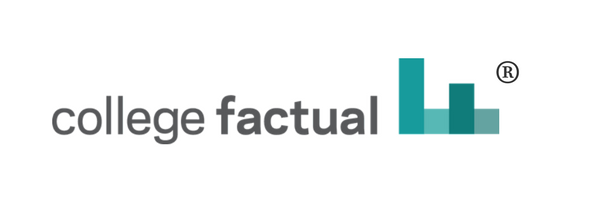Private Colleges in Trouble: Warning Signs to Look Out For
/During times of recession more students actually go to college, retreating from a poor job environment. Now that the economy is picking up, small colleges are starting to feel the pinch and engaging in all sorts of antics to boost enrollment and cut costs. Some schools are offering drastic tuition cuts, eliminating low-interest programs, and letting go of teaching staff. Is it worth it to go to these schools? There are plenty of red flags to look for that will let you know if a college is a poor choice.
Enrollment Numbers Down
Many colleges saw an increase in enrollments in 2008 during the worst of the recession, only to now be faced with declining enrollment. Students who might have turned to higher education are taking advantage of a stronger job market and finding employment instead. At the same time families are questioning the value of a college degree that often leaves students underemployed and buried in mountains of debt. They are making their decision more carefully, choosing schools that can offer more aid and a greater chance of their student succeeding. Spring of 2013 saw a 2.3% decrease in students enrollments, and a 0.8% decrease this past year.
Declining enrollment hits small private colleges the hardest. They don't have the large endowments, prestige, or high outcomes of their Ivy League cousins. Many of these small colleges got into debt competing with nearby schools, and now find themselves unable to climb out of financial holes.
One school that has recently closed their doors is Sweet Briar College, a women’s college in Virginia facing significant declining enrollment. Another small Christian school, Tennessee Temple University shares a similar plight as it has had to shut down and merge with a nearby university.
Sweet Briar had average freshman retention rates and average on-time graduation rates when the academic achievement of their students was taken into account. Student loan default rates were average as well, but with a class of only 723 students in 2013, they had to be above average to attract and retain the types of students that could keep them going.
Tennessee Temple showed some red flags, as the student loan default rate was higher than normal, freshman retention was low, and only 20% of students graduated on time.
Both these schools faced challenges recruiting students who have a declining interest in attending small private schools catering to a narrow audience. They are just two more in a string of colleges that have been forced to close their doors. Much focus has been on private colleges, but even public colleges are affected, with South Carolina State University at risk for a temporary shut-down.
Red Flags to Look For
Families need to be smarter than ever before about college decisions. There are plenty of red flags to look for when considering a college. First of all, is the school accredited, and if so what type of accreditation does it have? Regional accreditation is usually more accepted than national.
Some key numbers to look at include the freshmen retention rate, graduation rate (both on-time and 6-year), and student loan default rates. A higher than average student loan default rate means students are not able to get jobs that allow them to pay back their debt!
If you want to dig a little deeper, you can also check the credit rating or financial outlook of the college in places such as Moody’s.
College rankings can give you a quick idea of how well-known a university is, but they should only be used as a starting point to further research. Ultimately, students will do the best at a school that's the right fit for them where they can get the support that they need. This always means a school that is going to help a student to graduate in a reasonable time-frame without mountains of debt holding them back.
Photo of Sweet Briar College Campus by Vdeb40 under CC BY-SA 4.0 via Wikimedia Common







